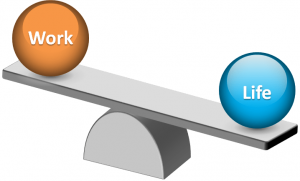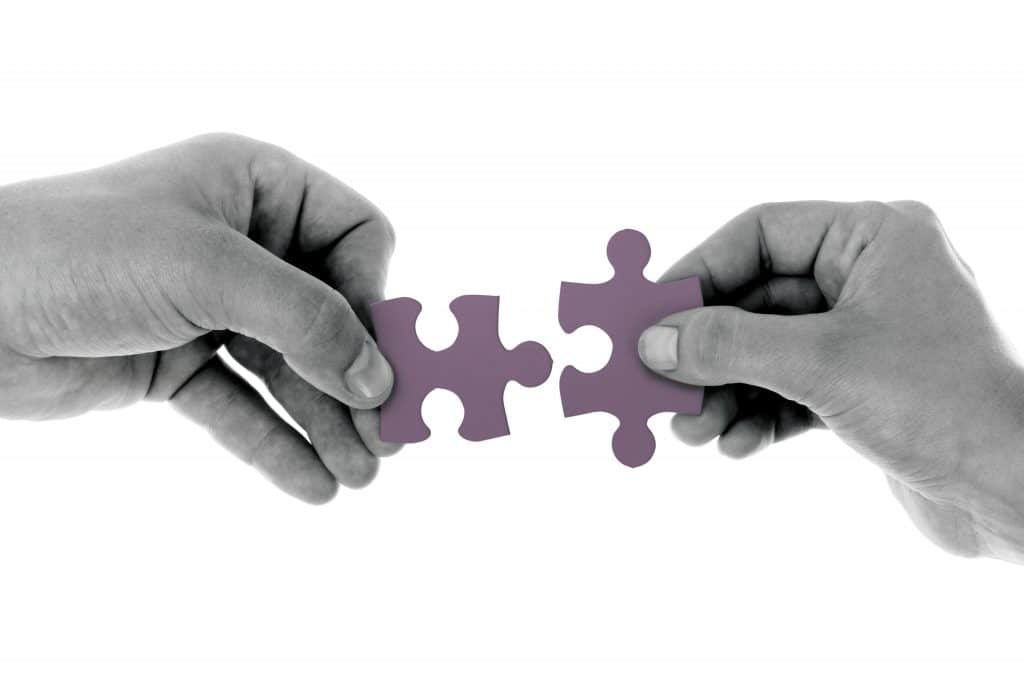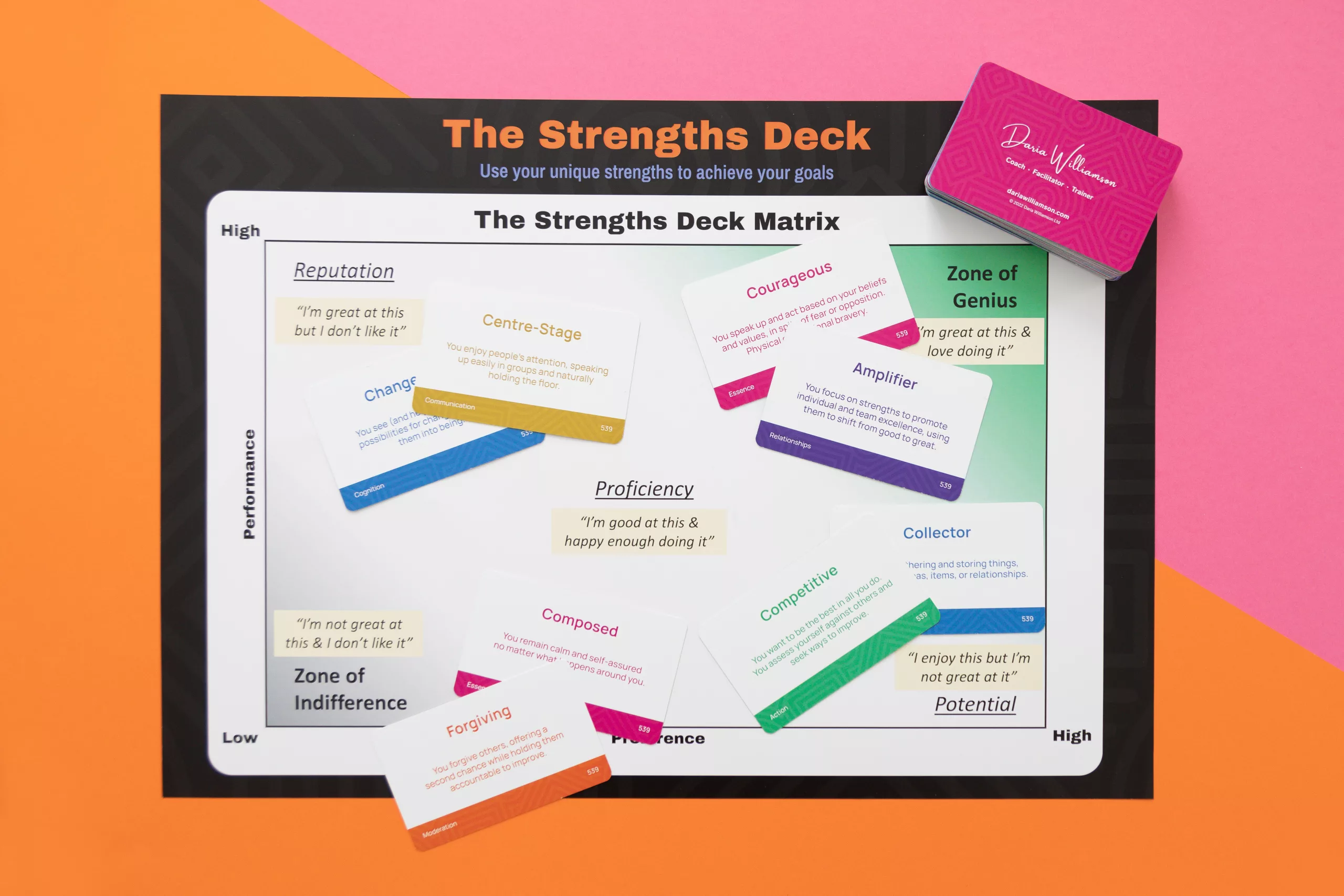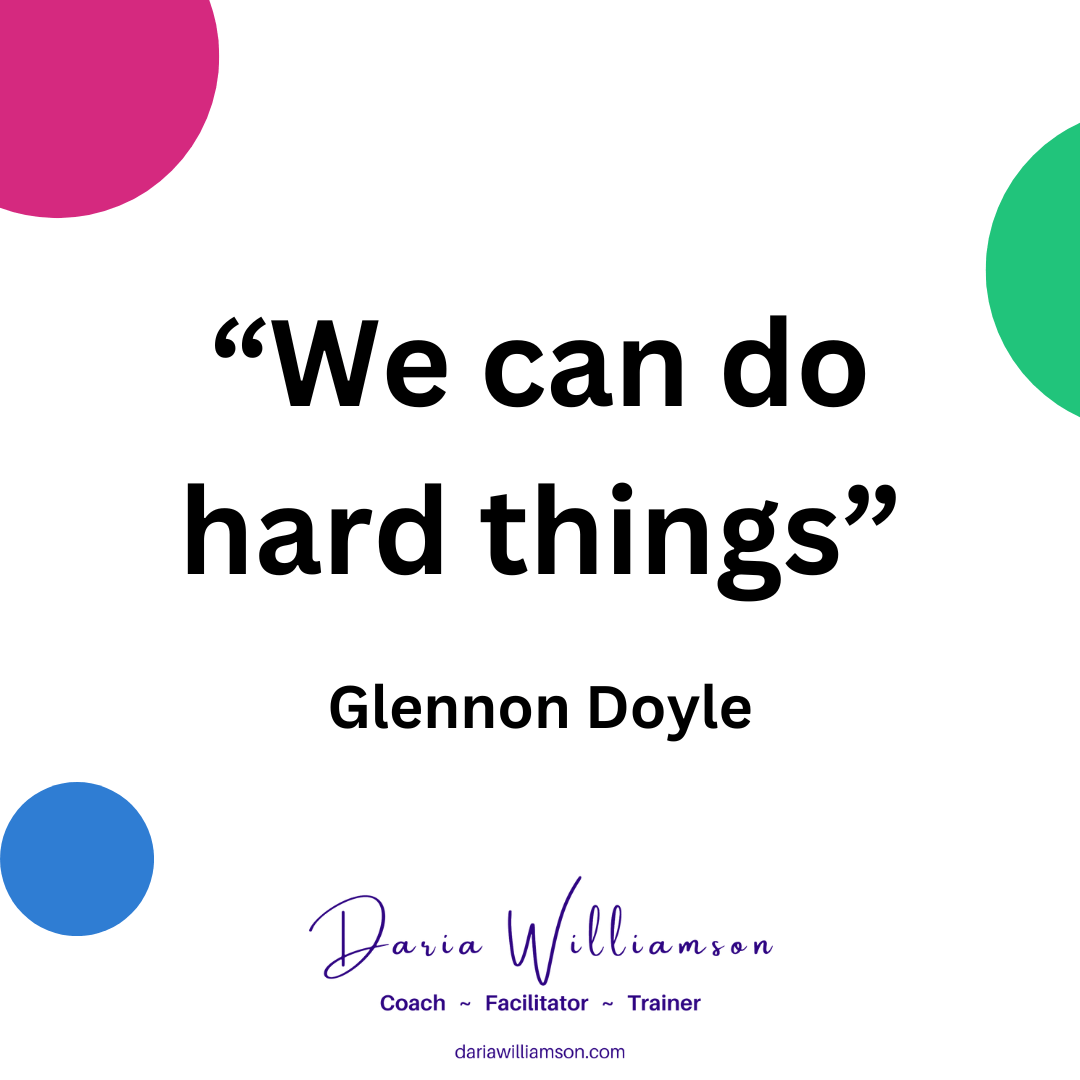So much has been written about work-life balance, but there are a number of problems with the concept. Work-life harmony offers a framework that acknowledges there is no one-size-fits-all approach for people and situations.
Definitions
Before we go any further, let’s look at some definitions:
Balance
Balance requires us to know the relative “weight” or value of each item. We set them in opposition to each other, and make adjustments until they become equal.
Harmony
Harmony is when two different things work together to produce something better, more beautiful, more pleasing than either element alone. Examples are musical notes, light and shade, sweet and sour, a cold drink on a hot day. “The whole is more than the sum of its parts”.

What is work-life balance?
Work-life balance is about trying to figure out what to add to your life, or take away from your work, to achieve the magical outcome of “balance”. This is problematic because it:
- treats work and life as separate things. But it’s the same person who goes to work and lives our lives – it’s all interconnected.
- suggests that work = bad and life = good.
- casts work and life as a zero-sum game. If we excel or put in extra effort at work, then our lives will suffer as a result.
- suggests there is an objective “perfect answer” out there for us to discover
What is work-life harmony?
Work-life harmony is about finding a way to weave together the different aspects of our lives. Doing this produces a greater sense of wellbeing and satisfaction than might be achieved through work or non-work time alone.
It’s like building a jigsaw puzzle from the individual pieces of work, family, friends, health, hobbies and so on. And it means making conscious choices about what we will prioritise and why.
There is no single formula for how to achieve work-life harmony. It looks different for each person. And for most people, how they achieve it will vary over time.
There is a continuum from work as a means to an end to work as an end in itself. Most of us will float back and forth many times between the two points.

Work as a means to an end
At one end of the spectrum, work is a mere technicality – it is about getting the paycheck. People at this end are happy to simply do their job then fill their time outside work in a way that pleases them. They’re not looking for a promotion, more responsibility, or to launch or maintain a career. They might have good relationships with colleagues and enjoy the work they do, but work isn’t the main source of meaning for them.
It’s tempting to think this approach is most common among people preparing for retirement. But people of every age and stage hold this philosophy. And it is a totally legitimate approach to work-life harmony.
In fact, in a climate that celebrates the relentless pursuit of promotions and status, this might be a truly subversive and rebellious approach!
Work as an end in itself
At the other end of the spectrum, work is a meaningful pursuit in itself. It provides an avenue for personal and professional learning and growth. It offers opportunities for setting and achieving goals, attaining status, and developing a flourishing career. People at this end of the spectrum find fulfilment and satisfaction in their work. Their life outside work supports them with the energy and nourishment required for the efforts they put in at work. And this is also a totally legitimate approach to work-life harmony.
This doesn’t mean that these people don’t also enjoy their family, friends, hobbies, sport etc. Rather, the work itself provides a strong sense of meaning and purpose which they can’t or don’t find in other activities.
This Quartz article explains how a sense of purpose, whether at work or outside, could actually prolong your life.
Can anyone create work-life harmony?
You can create work-life harmony regardless of where you currently sit on the spectrum set out above (although see the section ‘Two final thoughts’ below). It’s more about mindset than anything. Yes, sometimes you have to grind through a tough patch at work. But if you’re able to maintain a sense of how your overall direction leads you towards your goals, it’s much easier to endure the hard times!
And it’s totally OK for your definition of work-life harmony to change over time, or to go through “seasons” where your approach changes. You might like to check in with yourself once or twice a year to see if you want to make any changes to your approach. If you do, you can do it by evolution (small tweaks over time) or revolution (taking a leap to a new approach). Either way, you’ll be glad you took action.
Ways to create work-life harmony
Request flexible working arrangements
In New Zealand, all employees whether part- or full-time, are entitled to request flexible working arrangements. These can bring significant benefits for both employees and employers, including retaining skilled staff, higher productivity, reduced commuting, and, of course, better work-life harmony.
Flexible working arrangement can take a variety of forms, such as:
- working from home or an alternative location (permanently, occasionally or temporarily),
- varying the hours of work (e.g. a 4-day compressed week, or adjusting start and finish times),
- job-sharing, or
- changing to part-time work
To maximise the chance of your request being accepted, make sure your request includes details such as:
- what you will do to ensure the arrangement benefits both yourself and your employer,
- likely barriers, and how you will overcome them,
- how you will keep communication and teamwork flowing, and
- ways you can measure the results of your flexible working arrangements.
There are legal requirements specifying how applications must be made and approved or declined. Check the Sources section below for links to information.
If part of your flexible work arrangements mean you are working from home, or you manage team members who work from home, you might like to check out my ‘Working from home: Set yourself up for success’ infographic, which has 10 proven strategies for success. You can sign up here.
Build healthy habits around your work
It’s important to set healthy boundaries around your work, especially these days, when working remotely has become more common. When you’re working from home, it can be hard to “switch off”, because your work gear is a constant visual cue. So healthy habits can be even more important to your wellbeing and work-life harmony.
Whether you’re in the office or working remotely, you can build many healthy habits to support your work-life harmony. Some simple-to-implement ideas include:
- take your breaks every day (in New Zealand, all employees are entitled to rest breaks – refer Sources for links to information).
- move away from your workspace during breaks – this will give your muscles and eyes a break.
- get fresh air throughout the day.
- eat nutritious foods, for most people, concentrating on protein and healthy fats (excessive processed carbs can make some people feel tired).
- look for ways to include incidental exercise in your work – take stairs instead of the lift, send your documents to a printer further away from your desk, walk to a colleague’s desk instead of sending them an email.
Discuss and agree reasonable expectations with your loved ones
Whether with friends or family, you need good social connections to flourish. And one way to nurture good social connections is to agree and work within a framework of reasonable expectations.
This could mean:
- getting home from work by an agreed time
- meeting friends for a meal or exercise on a regular basis
- putting your work away at a specified time
- setting aside specific evenings or weekends to spend time with family or friends
Look for ways to build your strengths into your role
Traditionally we’ve thought of strengths as things we are good at. But, according to Strengths Profile, there’s an additional factor to consider – what impact does the activity have on your energy? The combination is what makes something a true strength – you perform it well and it energises you.
If it’s something you use frequently, it’s a realised strength, because you are “realising” its benefits on a regular basis. Something you don’t do often is an unrealised strength. These are a goldmine because by doing these more frequently, you’ll draw more energy into your work and life.
How can you tweak your life and work to incorporate some of your strengths (especially unrealised ones)?
Think about how you can dial them up in your personal life – through hobbies, study, and non-work activities. Talk to your boss about how you can adjust your role to incorporate additional strengths. There are many ways to do this in the workplace. For example, you could:
- formally redefine your position description to include activities that use your strengths
- make strengths part of your performance appraisal
- incorporate a strengths-based approach into your training and development plan
The above ideas can be particularly helpful for bringing out your unrealised strengths. Check the Sources section for more information about identifying and using your strengths.
Connect what you're doing in your role to your wider vision for your life
Where do you want to be in ten, twenty or 50 years? Create a clear vision of the life you want to be living – family, relationships, work, hobbies, dreams. How can you take steps right now in your work that will help you build the future you are dreaming of?
Again, talk to your boss about how you can shape your current role, and your future with the organisation, in the direction of your dreams. It’s not going to be a perfect match, but a good employer will want to retain good staff, and help them do really well at work.
Map out a life plan
If your current role can’t be shaped in the direction of your dreams, or you don’t want to use your career as an avenue to building your future, you can develop a life plan that will get you to your desired future. It could involve:
- training in a new field or area of interest,
- taking on a new hobby or levelling-up in an existing hobby, or
- taking on a role in a community organisation.
This could even involve taking a step back from your career to free up your time and energy to focus on what you want in life. Whatever your plan contains, getting support from your friends, family, and maybe even your boss will help you execute on it, building sustainable work-life harmony.
Two final thoughts:
Nothing excuses toxic workplaces
If there is something in your organisation or culture that causes harm, then no amount of Employee Assistance Programmes (EAP), workplace massages, or foosball tables in the lunchroom will make up for it. It is unethical (and in many countries even illegal) to expect team members to manage the burden of a toxic workplace. The organisation’s leaders must address the source of the toxicity – even or especially if the leaders themselves are implicated.
These articles are a good starting point to understand if you’re working in a toxic workplace:
How Dysfunctional is Your Office? Melody Wilding
7 Sure Signs That Your Workplace Is Toxic – Marcel Schwantes
Acknowledging privilege
This article is aimed at people with lots of choices about who they work for and the jobs they do. This group, of which I have always been a part, has substantial privilege, advantaging us in various aspects of our work and lives. Not everyone has this privilege. Part of my journey is learning how I can best stand with those who experience disadvantage and fight alongside them for a better workplace and world.
This list [PDF download] gives 41 different examples of how socioeconomic (“class”) privilege can show up in thinking and behaviour. If we can agree with more than a handful statements, we are amongst the most privileged group in society. That doesn’t mean we don’t face difficulties, tragedies and hard circumstances, but it means we are more likely to have the resources and capacity to rebuild from such setbacks.
Using your personal strengths in your work is a great way to create more energy and support your wellbeing.
I offer a complimentary, no-obligation 30-minute chemistry check call to people who want to discover and grow their strengths. We’ll talk about where you’re at, what you want to achieve, and how I can help you to seize your opportunities and unleash your potential.
Just click on the button to make your booking in less than a minute. I look forward to speaking with you!
Hat-tip to Kate McCready for her post on this very subject for helping clarify my thinking.
Sources
- Flexible Working Arrangements – Business.govt.nz
- Rest and Breaks – Employment.govt.nz
- Unrealised strengths: how to ignite your every endeavour – DariaWilliamson.com
- How to use your strengths to pursue your dreams – DariaWilliamson.com





